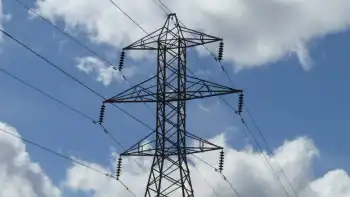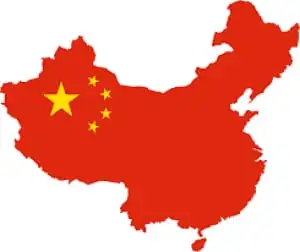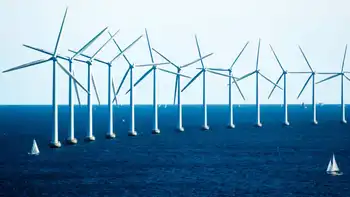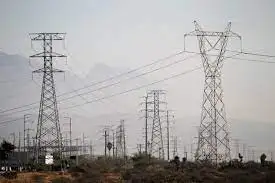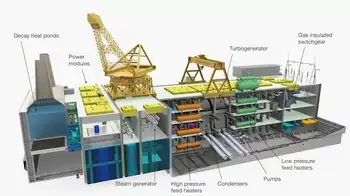Future dim for nuclear waste repository
By New York Times
CSA Z462 Arc Flash Training - Electrical Safety Essentials
Our customized live online or in‑person group training can be delivered to your staff at your location.

- Live Online
- 6 hours Instructor-led
- Group Training Available
The decision could cost the federal government additional billions in payments to the utility industry, and if it holds up, it would mean that most of the $10.4 billion spent since 1983 to find a place to put nuclear waste was wasted.
A final decision to abandon the repository would leave the nation with no solution to a problem it has struggled with for half a century.
Lawyers are predicting tens of billions of dollars in damage suits from utilities that must pay to store their wastes instead of having the government bury them, with the figure rising by about a half-billion dollars for each year of additional delay.
The courts have already awarded the companies about $1 billion, because the government signed contracts obligating it to begin taking the waste in 1998, but seems unlikely to do so for years. The nuclear industry says it may demand the return of the $22 billion that it has paid to the Energy Department to establish a repository, but that the government has not yet spent.
The spent fuel that emerges from nuclear power plants has been accumulating for decades in steel-lined pools or giant steel-and-concrete casks near the reactors.
Yucca Mountain, a ridge of volcanic rock about 100 miles northwest of Las Vegas, has been the leading candidate site for a repository since the 1980s. But it was not selected by any scientific process of elimination; it was selected from a list in 1987 by Congress, which declared it dry and remote enough.
Scientific concerns have since emerged, including the realization that water flows through Yucca Mountain a lot faster than initially believed. That raises the prospect that the nuclear waste would leach over time, polluting the water table. The scientific merit of the site has not been established by independent judges.
Nevada has fought the project bitterly in court and in Congress. The ascension of Harry Reid, a Nevada Democrat, as Senate majority leader, and President ObamaÂ’s campaign promise to stop the Yucca Mountain depository and look for alternatives may finally settle the question.
In fact, the political wind is blowing so strongly against using Yucca Mountain that the nuclear industry’s trade association is not opposing Mr. Obama head-on. Instead, in response to his budget proposal, it called for creation of an independent panel to study how the government should meet its “legal and moral obligation” to take the waste. Mr. Obama himself is calling for more study.
Mr. Reid does not appear to have the votes to kill the Yucca Mountain depository entirely, because many members of Congress want to stick with the consensus they achieved two decades ago to bury the waste there. If Congress changes the law that designates Yucca Mountain as the prime candidate, said Edward F. Sproat III, who was the Energy Department official in charge of the depository project for the last two and a half years of the Bush administration, “everybody knows their state is going to be back in play.”
The siteÂ’s suitability is supposed to be established in hearings by the Nuclear Regulatory Commission, which must decide whether to license the repository. Now, the Obama administration is proposing to provide only enough money that project officials can answer questions from the hearings. Eliot Brenner, a commission spokesman, said the hearings would proceed.
“What happens once we say yes or no is out of our hands,” Mr. Brenner said.
Opponents of nuclear power contend that the nationÂ’s failure to find a permanent repository for the waste is a reason to shut down nuclear reactors and forget about building more.
Abandonment of the Yucca Mountain depository would be a blow for the nuclear industry, which is hoping to begin work on new reactors for the first time in 30 years.
If the commission does not issue its decision until the next administration, that could keep Yucca Mountain viable.





